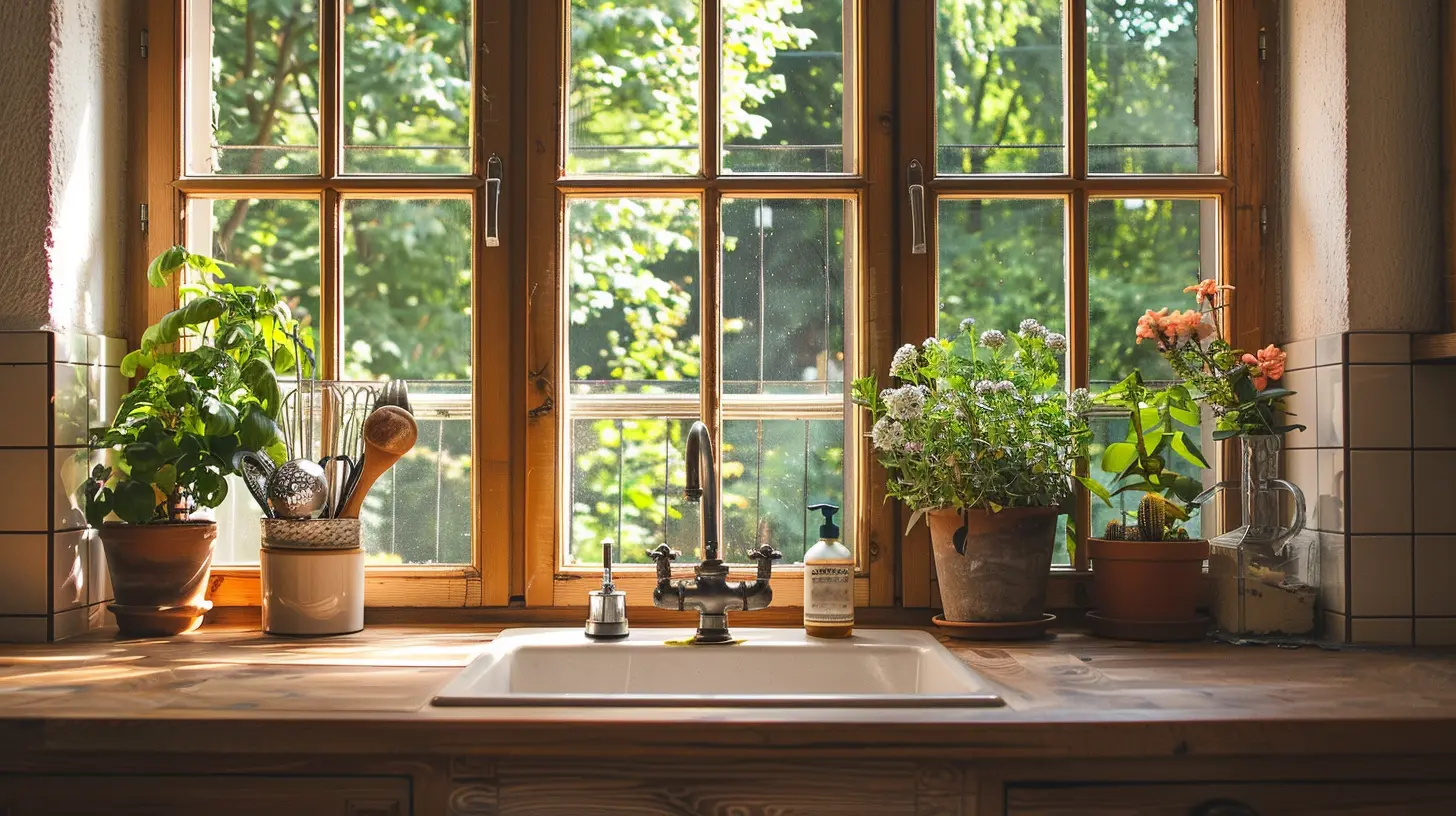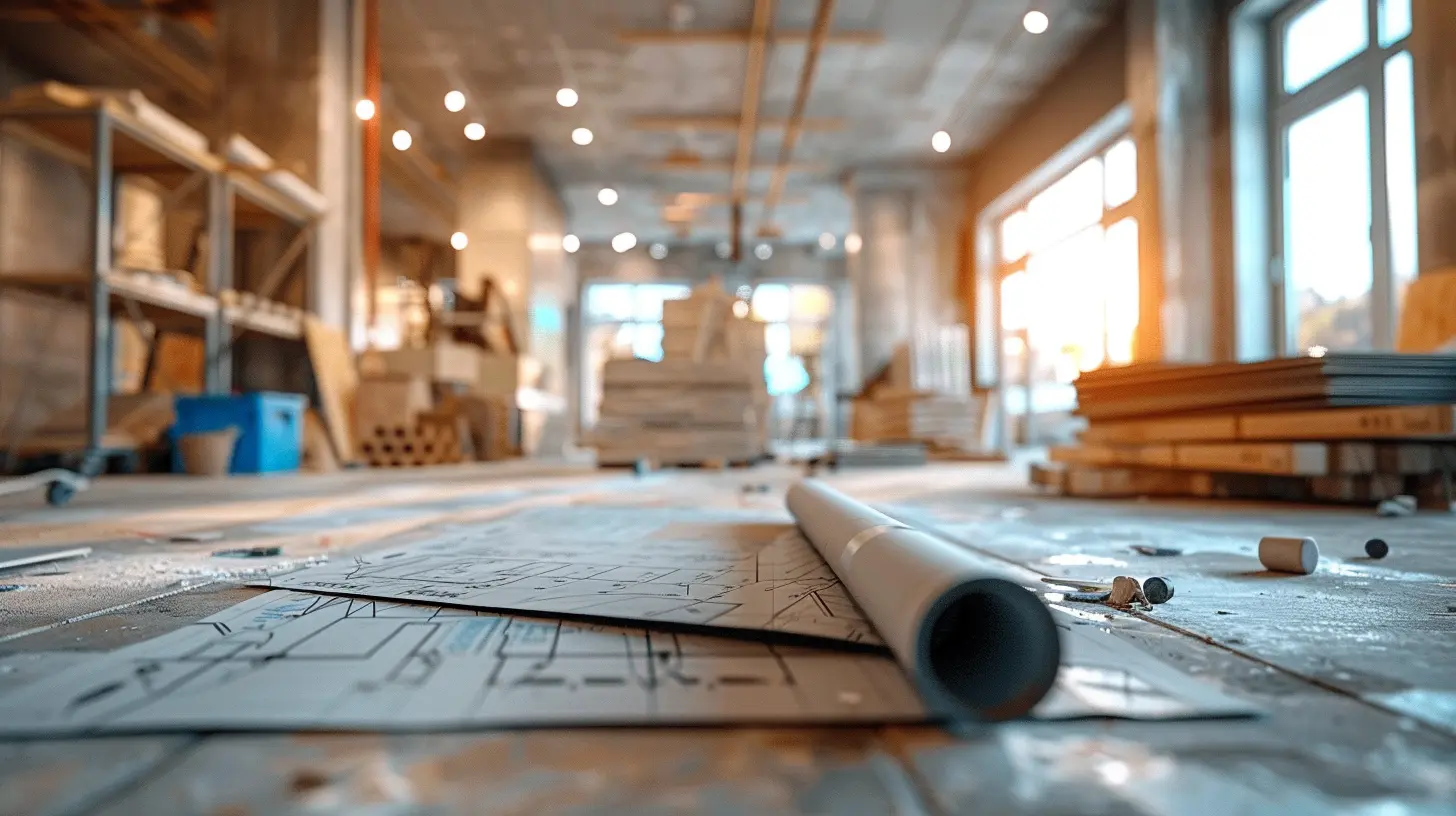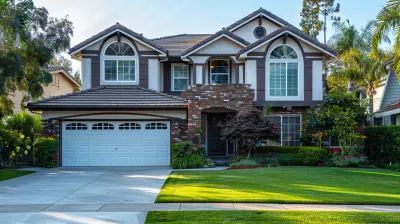13 April 2025
A home should be a sanctuary—comfortable, safe, and welcoming for everyone who lives there. But what happens when mobility challenges, aging, or disabilities make certain parts of the house difficult to navigate? That’s where accessibility renovations come in.
Whether you're future-proofing your space, accommodating an aging parent, or creating a more inclusive environment for guests, adapting your home for all ages is a smart move. Not only does it enhance daily living, but it also adds long-term value to your property.
So, where do you start? Let’s break it down, room by room, and explore practical ways to make your home more accessible without sacrificing style. 
Why Accessibility Matters in Home Renovations
Accessibility isn't just about installing ramps and grab bars—it’s about creating a space that works for everyone. Even if you don't need these modifications today, thinking ahead can save time, money, and stress down the road.The Reality of Aging in Place
More people are choosing to "age in place," meaning they prefer to stay in their homes rather than move into assisted living or nursing facilities. According to the National Institute on Aging, nearly 90% of seniors want to remain at home as they age. But for that to be a viable option, homes must be designed with accessibility in mind.Universal Design Principles
At its core, accessibility follows universal design principles—making spaces functional for people of all abilities, without needing significant modifications. Think about open floor plans, wider doorways, and step-free entries. These updates don’t just help seniors; they’re great for families with strollers or individuals recovering from injuries, too.
Key Areas to Focus On
When renovating for accessibility, start by assessing the key areas of your home. Think about potential obstacles and find solutions that blend functionality with aesthetics.1. Entryways and Doorways
First impressions matter, and that starts with the entrance to your home. A few small tweaks can make a world of difference for mobility-impaired individuals.- Step-Free Entry: Ramps aren’t just for wheelchairs. A no-step entryway makes it easier for everyone, from kids on bikes to someone carrying groceries.
- Wider Doorways: Standard doors are around 30 inches wide, but upgrading to 36 inches ensures wheelchairs and walkers can pass through without hassle.
- Lever-Style Handles: Traditional doorknobs can be tricky for those with arthritis or limited dexterity. Lever handles make it easier to open doors with minimal effort.
2. Living Spaces
Once inside, the layout should foster movement and independence. Open-concept designs are naturally accessibility-friendly, but even small changes can make a big difference.- Clear Pathways: Keep at least 36 inches of clearance in hallways and between furniture. This prevents tight spaces from becoming obstacles.
- Lower Light Switches & Thermostats: Position these controls at a height of about 48 inches from the floor, making them reachable from a seated position.
- Smart Home Technology: Voice-controlled lights, thermostats, and appliances bring convenience to people with mobility challenges.
3. Kitchen Modifications
The kitchen is the heart of the home, but it can also be one of the most challenging areas to navigate if not designed with accessibility in mind.- Lower Countertops: Standard kitchen counters are usually 36 inches high. Adjusting them to 30-34 inches allows seated individuals better access.
- Pull-Out Shelving & Drawers: Forget bending over and reaching into deep cabinets. Pull-out shelves bring everything within easy grasp.
- Touchless Faucets: No need to twist or grip—motion-sensor faucets make cooking and cleaning much easier.
4. Bathroom Upgrades
Bathrooms can be hazardous, with slippery floors and hard surfaces. A few safety features can prevent falls and improve usability.- Curbless Showers: Step-in tubs and walk-in showers with grab bars make bathing safer and more convenient.
- Non-Slip Flooring: Choose textured tiles or rubberized flooring to reduce the risk of slips.
- Wall-Mounted Sinks: These make room for wheelchairs underneath while maintaining a stylish look.
5. Bedroom Adjustments
Your bedroom should be a restful haven, not a place where accessibility becomes a challenge.- Lower Bed Frames: A bed height of about 20-23 inches allows for easy access from a sitting or standing position.
- Closet Accessibility: Install clothing rods at varying heights and use pull-down racks for easier reach.
- Remote-Controlled Curtains & Blinds: Automated window treatments make adjusting light levels effortless.
6. Staircase and Elevator Solutions
For multi-story homes, stairs can be a major barrier. Fortunately, there are solutions that keep upper levels accessible.- Stairlifts: A cost-effective way to navigate stairs without major renovations.
- Residential Elevators: While pricier, these are becoming more popular in homes aiming for long-term accessibility.
- Handrails on Both Sides: Extra stability makes stairs safer for everyone. 
Balancing Functionality with Aesthetics
Worried about your home looking too clinical? The good news is that modern accessibility features can blend seamlessly with stylish design.- Stylish Grab Bars: Opt for sleek, high-end finishes that match your bathroom decor.
- Hidden Ramps: Integrate ramps into landscaping for a seamless look.
- Decor-Friendly Safety Features: Choose colorful, non-slip rugs or elegant lighting to enhance both beauty and safety. 
The Financial Side of Accessibility Renovations
Cost vs. Long-Term Value
While renovations require upfront investment, they can increase your home's marketability and resale value. Many buyers are looking for homes that accommodate aging family members or individuals with disabilities.Funding and Assistance Programs
If cost is a concern, look into grants, tax credits, and financial assistance programs. Some states offer Medicaid home modification grants, and the VA provides benefits for veterans needing accessibility upgrades.Future-Proofing Your Home
Even if you don’t need these changes now, planning ahead can prevent expensive renovations later. Simple adjustments like wider doorways, non-slip flooring, and smart home automation make your home adaptable as your needs evolve.Think of it as an insurance policy for comfort—an investment in both your future and your home’s long-term value.
Final Thoughts
Renovating for accessibility isn’t about sacrificing style—it’s about making your home more livable, comfortable, and welcoming for everyone. Whether you’re aging in place, preparing for loved ones with mobility challenges, or simply future-proofing your space, small changes can have a big impact.By focusing on smart, practical updates, you can create a home that grows with you—because the best homes are the ones we can live in comfortably for a lifetime.





Faelith Robinson
Great tips! Making homes accessible benefits everyone, not just aging.
April 15, 2025 at 7:00 PM